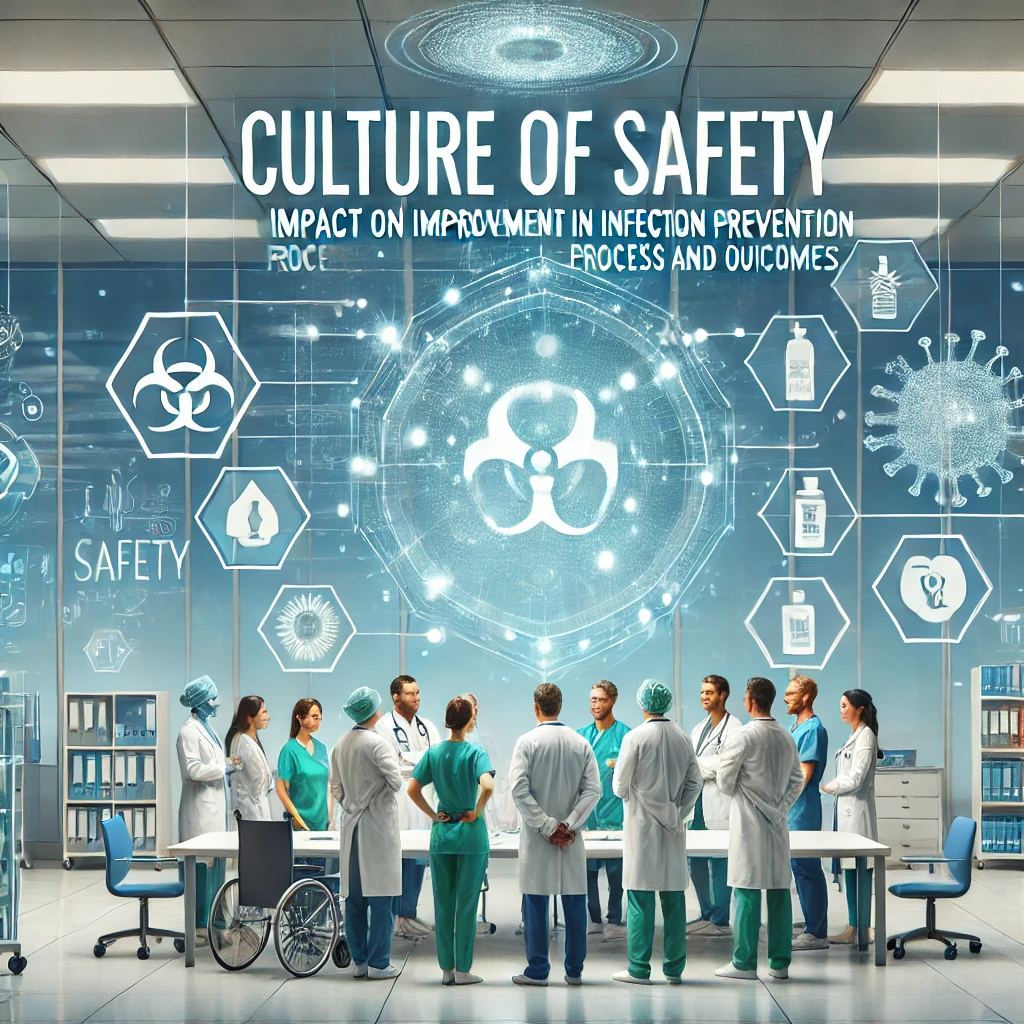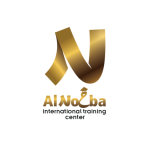Culture of Safety : Impact on Improvement in Infection Prevention Process and Outcomes

About Course
Training Needs:
- It is not uncommon for infection prevention and control (IPC) interventions to be successful in a hospital.
- Lack the body of available literature regarding HCWs’ knowledge of IPC and highlight potential factors that may influence compliance to IPC precautions.
lack recent literature on the relationship between safety culture and infection prevention and control-related (IPC) processes and healthcare-associated infections (HAIs). - Embracing a multifaceted approach towards improving IPC-intervention strategies is highly suggested : The goal being to improve compliance among HCWs with IPC measures is necessary.
- Encouragement of collaboration across ranks and disciplines to seek solutions to patient safety problems.
- Lack of Education and training of healthcare personnel on IPC : IPC education should be required training for all those working in healthcare. Training should be completed on hire and as needed throughout the year, supplemented by written IPC policies and procedures to assist and guide workers in proper IPC strategies.
- Lack of Patient, family, and caregiver education: This includes information about how infections are spread, how they can be prevented, and what signs or symptoms should be reported.
- Performance monitoring and feedback: Monitor adherence to IPC practices and give feedback to staff and leadership. Monitor the incidence of infections that could be an HAI.
- Transmission-based precautions: Implement transmission-based precautions for patients with documented or suspected diagnoses where contact with the patient, their body fluids, or their environment presents a substantial transmission risk despite adherence to Standard Precautions. See link for more information
- Temporary invasive medical devices for clinical management: Healthcare workers should assess the medical necessity of any invasive medical device (e.g., vascular catheter, indwelling urinary catheter, feeding tubes, ventilator, and surgical drain) to identify the earliest opportunity for safe removal.
- Occupational Health: Adhere to the Occupational Safety and Health , Bloodborne Pathogens Standard, Personal Protective Equipment Standard, Respiratory Protection Standard, and Tuberculosis (TB) compliance directives.
About the Course
Culture change : “We would support any steps towards changing the culture among health professionals, so that patient involvement is the natural expectation.”
Why Understand the Relationship Between Safety Culture, Infection Prevention and Control, and Healthcare-Associated Infections
Change appears to be a promising, albeit challenging, target for IPC improvement campaigns – both from a theoretical perspective as well as from the results of the few available studies.
However, more data and quality information are needed to identify effective strategies that can elicit effective and sustained change.
A blame-free environment where individuals can report errors or near misses without fear of reprimand or punishment.
Course Curriculum
Educating the infection control team
-
Educating the infection control team
29:25
The role of the infection control link nurse.
-
The role of the infection control link nurse.
19:31
Effective clinical governance in infection control
-
Effective clinical governance in infection control
30:45
Counselling for IC
-
Counselling for IC
20:17
Surveillance of healthcare-associated infections
-
Surveillance of healthcare-associated infections
31:21
Infection control and antimicrobial resistance
-
Infection control and antimicrobial resistance
41:49
Auditing Strategies to Improve Infection Prevention Processes in Nursing Homes
-
Auditing Strategies to Improve Infection Prevention Processes in Nursing Homes
29:46
History of infection prevention and control
-
Part 1
16:23 -
Part 2
14:47 -
Part 3
14:08 -
Part 4
12:31 -
Quiz
Chain of Infection
-
Part 1 (A)
15:37 -
Part 1 (B)
06:31 -
Part 2
08:46 -
Quiz
Hand hygiene
-
Part 1
17:01 -
Part 2
16:39 -
Part 3
08:36 -
Part 4
14:31 -
Part 5
14:53 -
Quiz
Standard precautions
-
Part 1
17:27 -
Part 2
19:01 -
Part 3
09:56 -
Part 4
14:09 -
Part 5
12:24 -
Quiz
Contact precautions
-
Part 1
11:00 -
Part 2
14:15 -
Part 3
10:30 -
Quiz
Droplet precautions
-
Part 1
14:09 -
Part 2
15:13 -
Part 3
13:15 -
Quiz
Airborne precautions
-
Part 1
16:10 -
Part 2
17:21 -
Quiz
Infectious Disease Control in Crowded Spaces (Hajj Preventive Strategies)
-
Infectious Disease Control in Crowded Spaces (Hajj Preventive Strategies)
10:36 -
Quiz
Managing Respiratory Illness in Hajj
-
Managing Respiratory Illness in Hajj
17:12 -
Quiz
Cultural communication techniques in infection control during Hajj.
-
Cross-Cultural Communication and Language Barriers in Hajj Response
16:35 -
Quiz
Reduce blood stream infection from catheter use during medical procedure
-
Reduce blood stream infection from catheter use during medical procedure
31:53
Fever and IC
-
Fever and IC
19:31
Preventing Infection During Wound Care
-
Preventing Infection During Wound Care
41:46
What Is a Surgical Site Infection
-
What Is a Surgical Site Infection
22:11
Food Consideration For Hospital Infection Control
-
Food Consideration For Hospital Infection Control
20:13
Infection Prevention in High-Risk Areas
-
Infection Prevention in High-Risk Areas Part 1
40:52 -
Infection Prevention in High-Risk Areas Part 2
38:16
Motor Vehicle Infection Risks
-
Motor Vehicle Infection Risks
20:08
How do you reduce the risk of Non-Critical Devices from being a source of infection transmission
-
How do you reduce the risk of Non-Critical Devices from being a source of infection transmission
30:27
Research Gaps Impacting the Practice of Infection Prevention and Control
-
Research Gaps Impacting the Practice of Infection Prevention and Control
23:43
Evaluation Form
-
Activity Evaluation
-
How to Download Course Completion Certificate
01:24
Student Ratings & Reviews

-
LevelAll Levels
-
Total Enrolled294
-
Last UpdatedMay 31, 2025
-
CertificateCertificate of completion
A course by
Tags
Target Audience
- This accredited continuing education activity is intended primarily for healthcare workers and teams which may include but are not limited to, medical and nursing staff, administration, education/training leadership, and infection control leadership. Staff specializing in emergency management, communications, specialized clinical areas, laboratory, facilities management and environmental services are also welcome.
